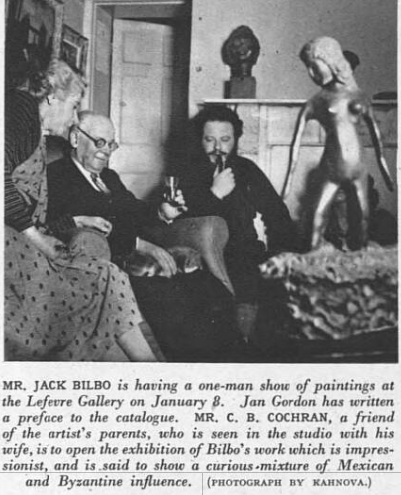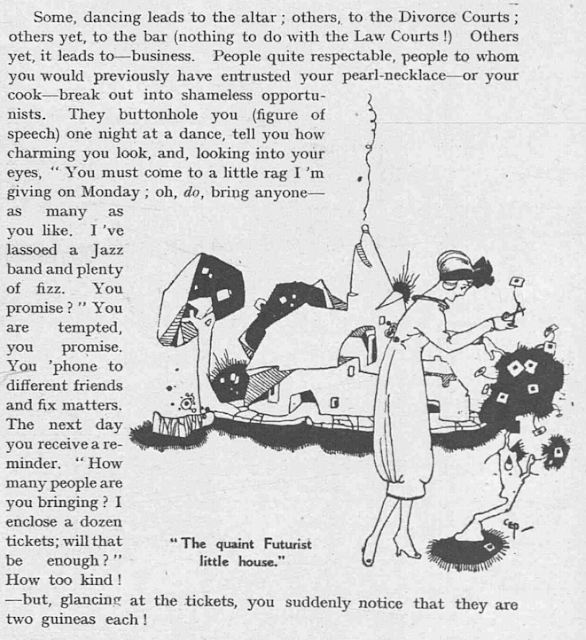Jan Gordon (1940) on "War Fancies in Paint"
In the Liverpool Daily Post of Tuesday 16th April 1940, Jan Gordon wrote on "War Fancies in Paint." The first picture exhibition inspired by the war at the British Art Centre, Stafford Galleries, St. James's Place, London, W. has two notable features. The first that the subject was imposed on the artist; that is to say, as in older times, the painters were all asked to work deliberately to the theme, they had something for their imaginations to bite on, and were not merely following free fancy. The second is the title, "The War As I See It." The result is a curious paradox. Although few of the paintings can be called entirely successful, they constitute nevertheless a collection more interesting in lots of ways than would have been a normally successful everyday show by the same artists. It is a collection in which many of the artists, strongly moved to express something of the war that they have not seen but have felt spiritually all about them, have reach...


